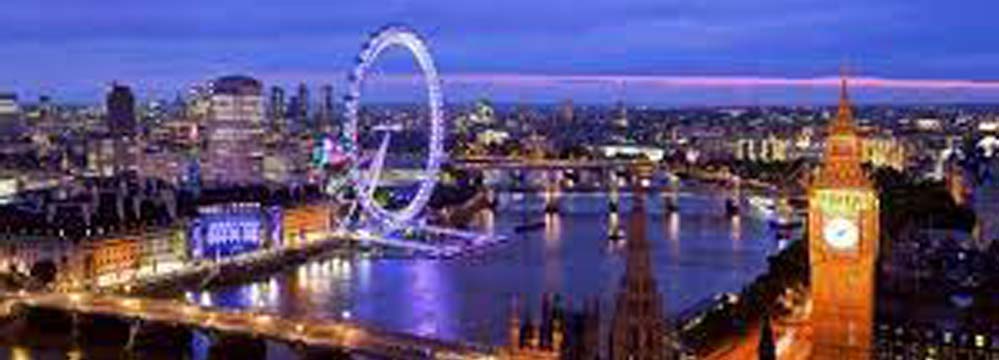The design of the Olympic Stadium is subject to critique by not only engineers and architects, but also by the public. Conditions set in place to consider something structural art are the completion and aesthetically pleasing implementation of factors that fulfill the following requirements. A structure must meet engineering's three S's: social, symbolic, scientific. These correspond to the three E's in structural engineering: economics, elegance, and efficiency.
Scientific Due to the necessity of making the stadium useful for the Olympics while keeping its ability for longevity the stadium is made up of different tiers; during the games the stadium will be able to hold 80,000 spectators. The base tier, which will be permanent and allow for 25,000 seats, is a sunken elliptical bowl that is made up of low-carbon-dioxide concrete; this contains 40% less embodied carbon than conventional concrete.The foundation of the base level is 5,000 piles reaching up to 20 meters deep. From there, there is a mixture of driven cast in situ piles, continuous flight auger piles, and vibro concrete columns. The second tire, which allows for the addition 55,000 seats, is 315 meters long, 256 meters wide, and 60 meters high. The stadium is built using nearly four times less steel, approximately 10,700 tons, in the structure than that of the Olympic Stadium in Beijing for the 2008 Olympics. In addition to the minimal use of steel, which makes it 75% lighter, the stadium also reuses large pipes from a previous gas pipe project, recycled granite, and all building products were transported using trains and barges.


No comments:
Post a Comment